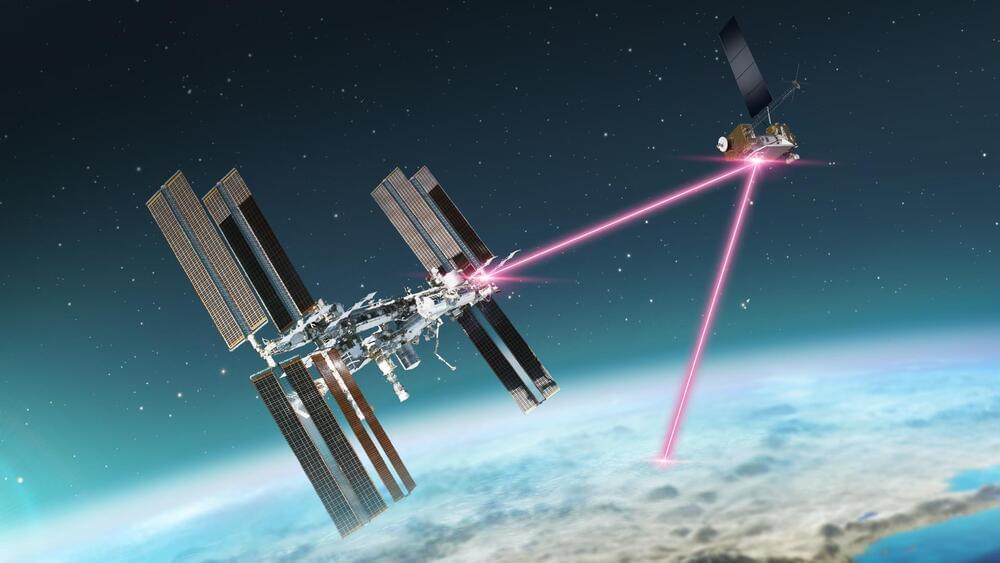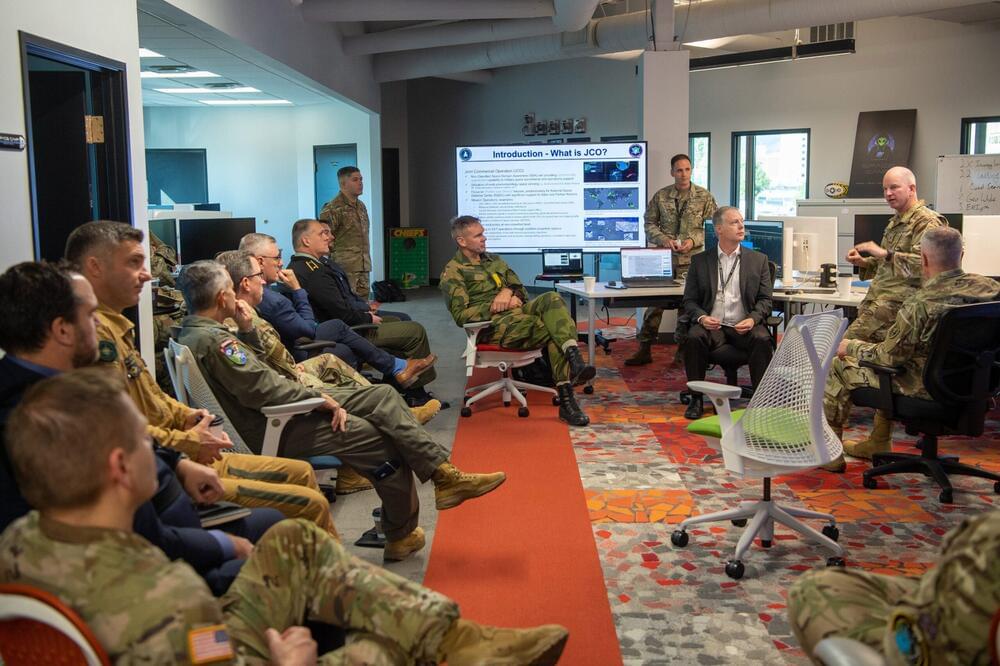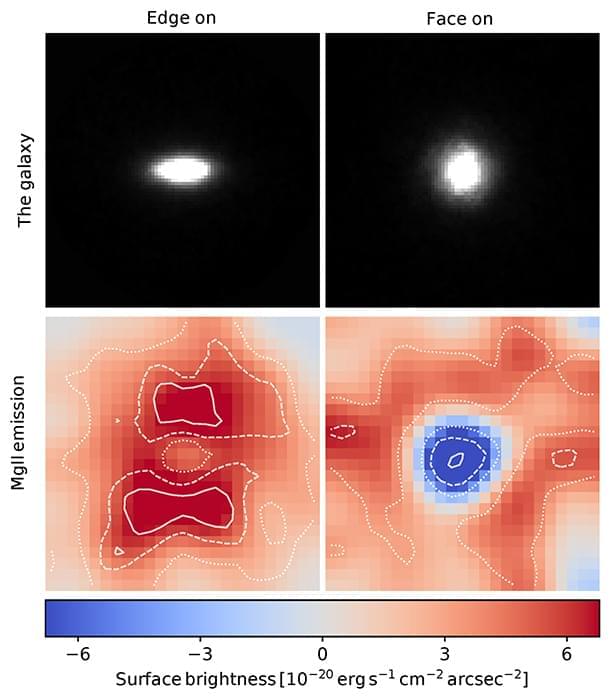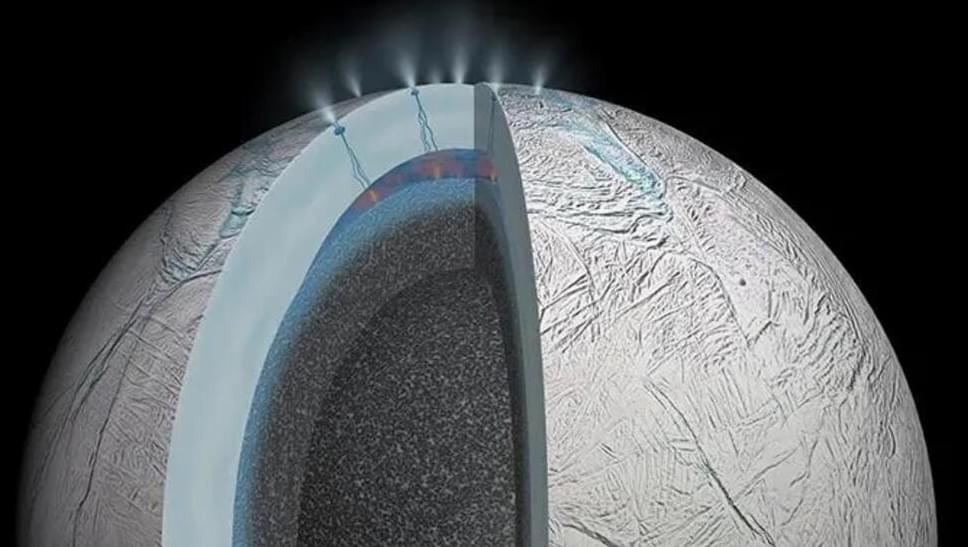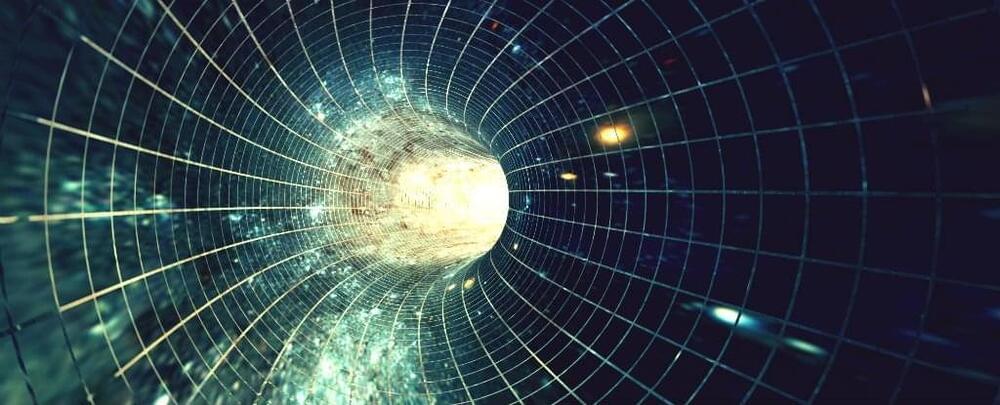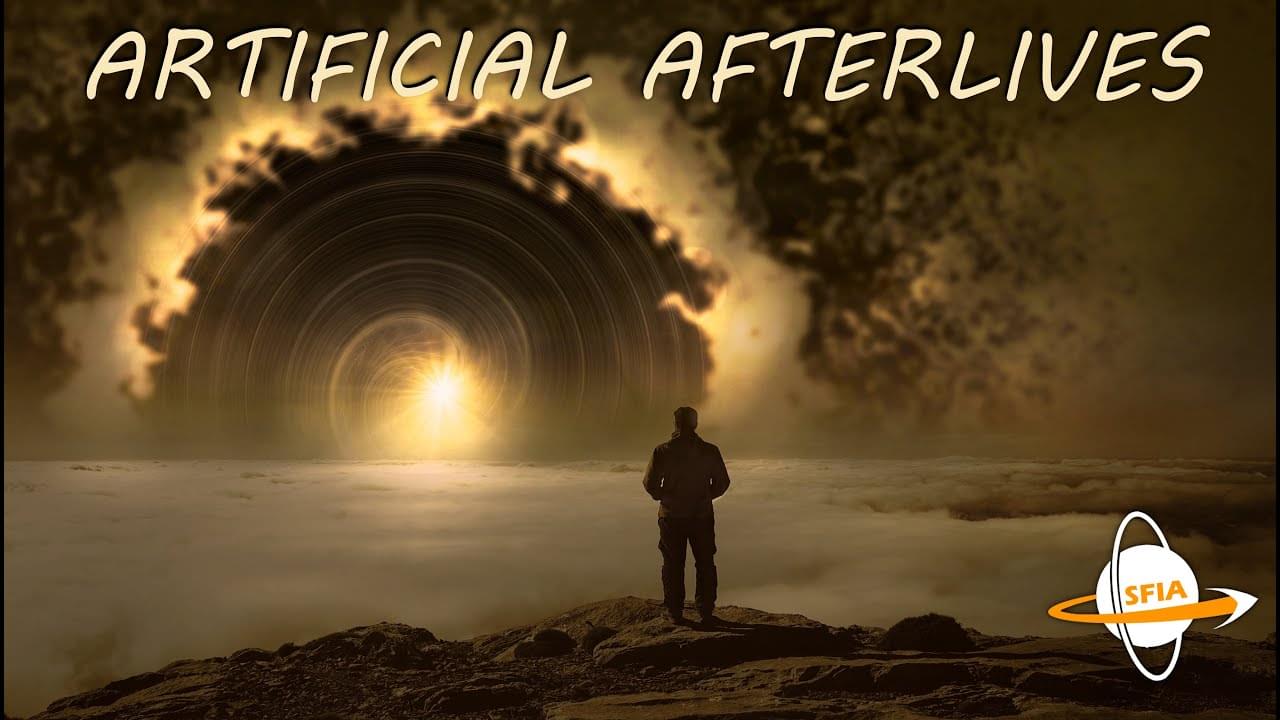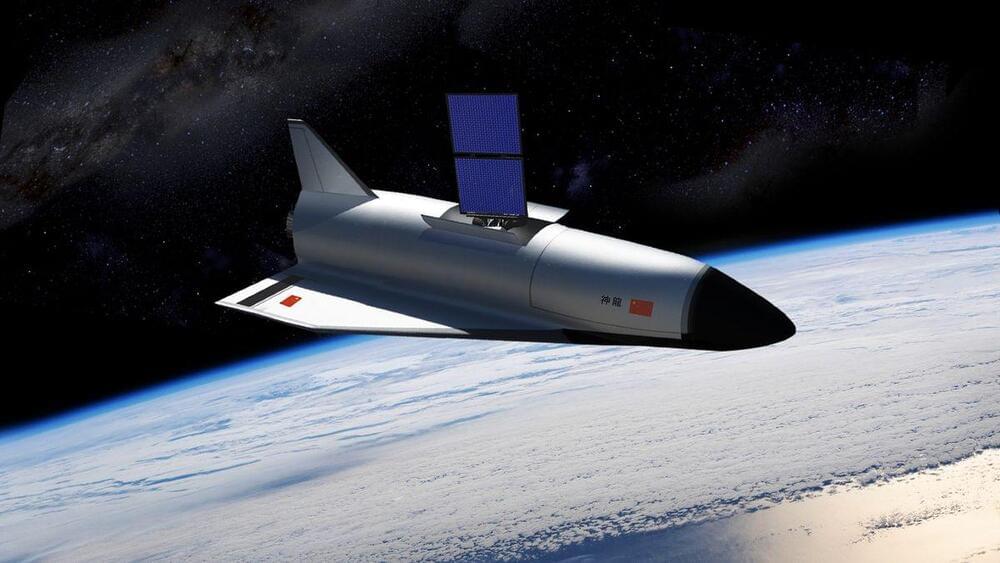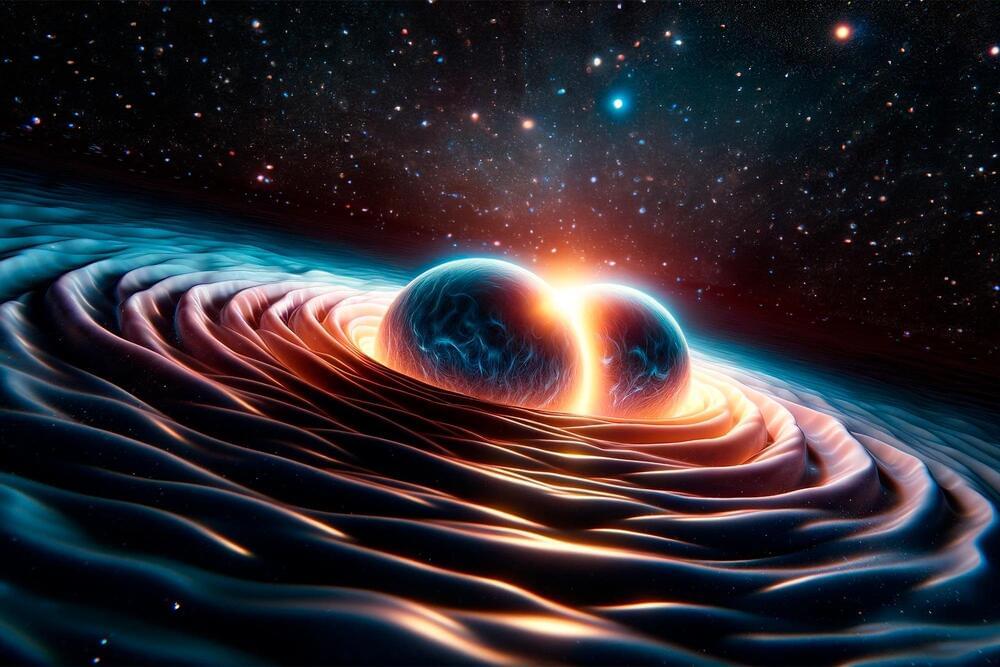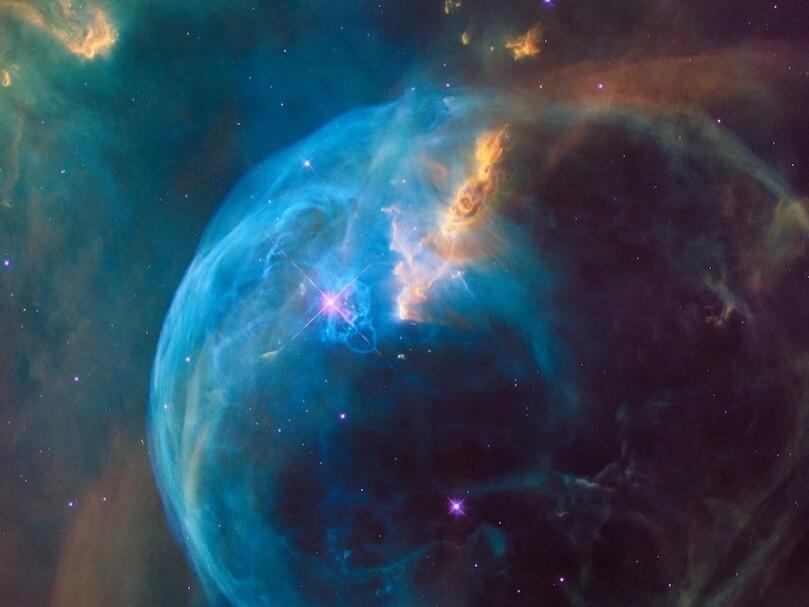Dec 18, 2023
NASA’s Space Station Laser Comm Terminal Achieves First Link
Posted by Shailesh Prasad in category: space
A NASA technology experiment on the International Space Station completed its first laser link with an in-orbit laser relay system on Dec. 5, 2023. Together, they complete NASA’s first two-way, end-to-end laser relay system.
NASA’s LCRD (Laser Communications Relay Demonstration) and the new space station demonstration, ILLUMA-T (Integrated LCRD Low Earth Orbit User Modem and Amplifier Terminal), successfully exchanged data for the first time. LCRD and ILLUMA-T are demonstrating how a user mission, in this case the space station, can benefit from a laser communications relay located in geosynchronous orbit.
